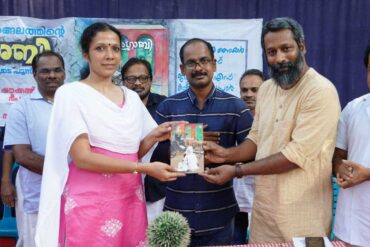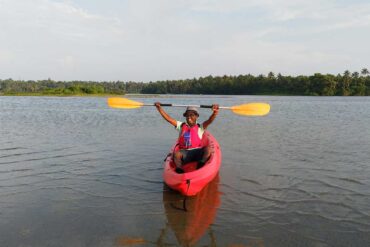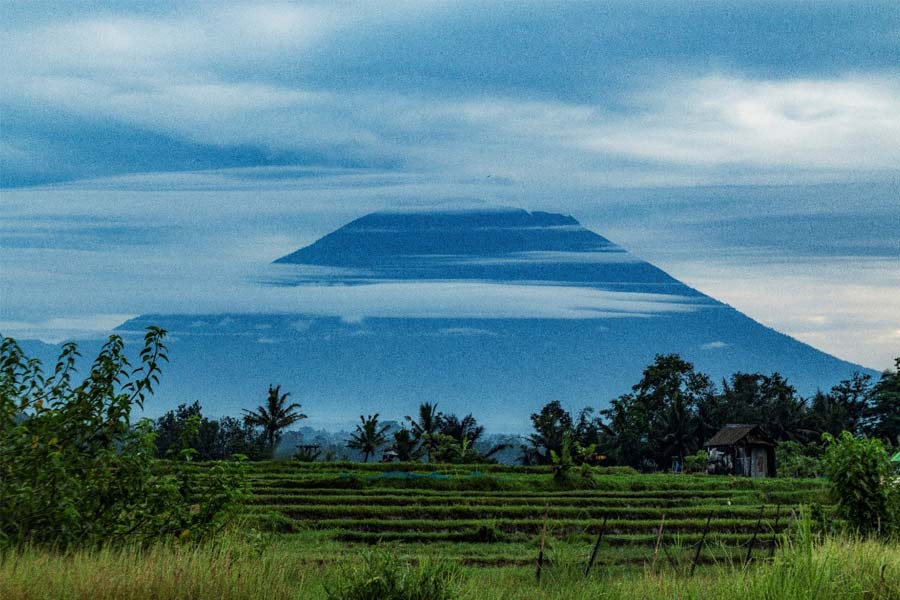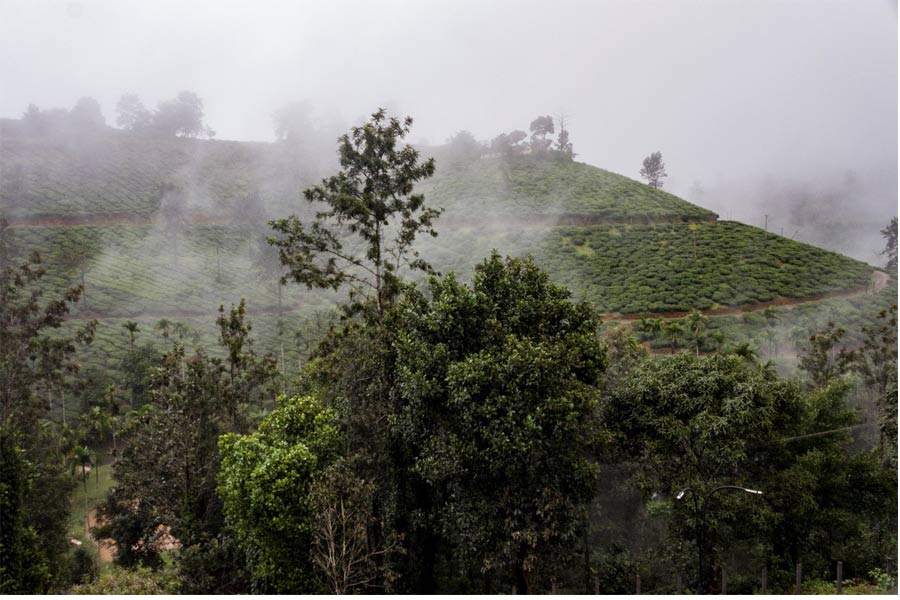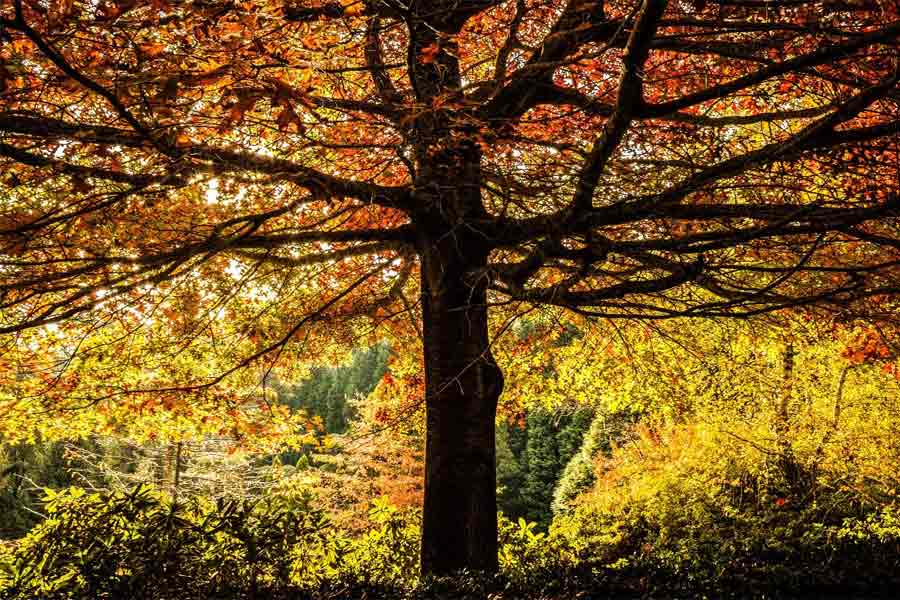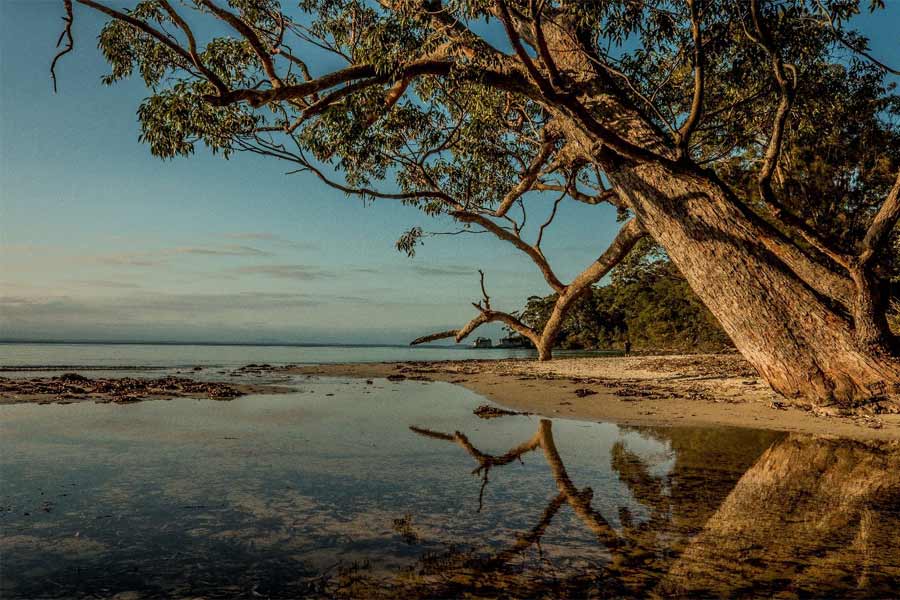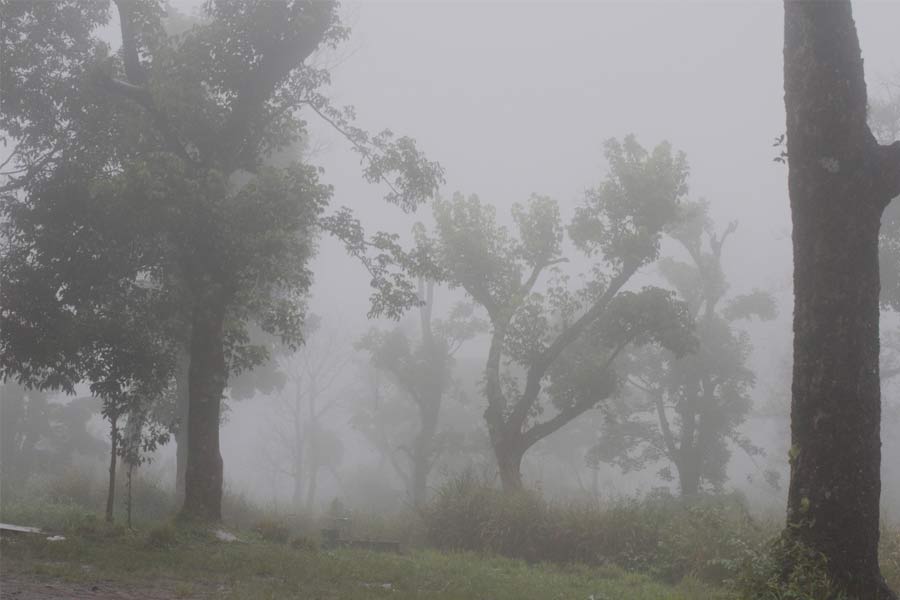In Plato’s Republic, he states that all art is nothing but mere imitation. The English writer Charles Colton said that imitation is the sincerest (form) of flattery. I would say that during my journey as a landscape photographer, I have been imitating nature through my lens, and to me, imitation is neither an end in itself, nor is it mere flattery. It is one of the purest forms of praise I can offer to the beautiful scenes around me.
As a child, armed with my Agfa Click III, I was not too deeply concerned about the science and the art behind creating the perfect photograph. I went out and shot pictures virtually every day. Most of them were cringeworthy, but I was happy with my new toy. Today, having taught photography for the past 18 years, I tend to think that in photography, as indeed, in every other area of creativity, the ‘why’ and the ‘how’ are equally and vitally important.
I have already touched on the ‘why’ aspect, as it applies to me: each photograph is a sincere hymn of praise to Nature, and to God. A few years ago, I was at a seminar conducted by Ken Duncan, one of Australia’s finest photographers, and he mentioned a question someone had once asked him: “How do you find such beautiful places to take photos of?” Ken replied, “I don’t find them. God takes me to them.” I think that as far as the ‘why’ aspect is concerned, I may rest my case.
The great American photographer Ansel Adams once said, “A true photograph need not be explained, nor can it be contained in words.” Another well-known American photographer, Dorothea Lange, was on the same wavelength when she remarked, “Photography for me is not looking, it’s feeling. If you can’t feel what you’re looking at, then you’re never going to get others to feel anything when they look at your pictures.” What makes sense to Adams and Lange, is good enough for me: when you abide by the rules, you get good photography, but when you can also pour your emotions into each composition, it becomes great photography. Out of a happy marriage of these two, your personal style is born.
The ‘how’ factor is easier to examine and digest. Photography, like most other art forms, moves forward with a heavy burden of rules and conventions on its shoulders. As a teacher, of course I have to introduce my students to these (often tiresome) rules. Lighting, camera angles, the rule of thirds, the list is almost endless. All I can say in my defence is that I insist on my students learning the rules, and then breaking them. Something sublime may come out of straying from the well-trodden path, and it gives me great pleasure whenever that happens. What are these rules? There are many in composition, and what follows is a brief examination of a few.
Looking for Lines
I look for lines when I compose, whether they are diagonal, vertical, horizontal, or even implied. When I travelled through Ubud in Indonesia, I was struck by the immense stature and sheer beauty of Mount Agung, but I could not get too close to it, because it had just erupted. I did, however, gaze at it in wonder from a distance, and I was struck by the lines of the cloud formations seemingly mimicking the lines of the rice fields, and above all sat the hulking, threateningly beautiful shape of Agung himself. After absorbing the sight for a while, I decided I should at least attempt to reflect in my photographs, the nature of Agung as I saw it. Of course, I had to include the little hut, not just because it copies the shape of Agung, but because I wanted to give the viewer a sense of comparative proportion.
Lines need not be confined to Nature. This shot was on a trip to Malappuram in Kerala, and the leading lines of the bridge drew my eye straight up to the other end.
The Rule of Thirds
The rule of thirds is generally useful, and my advice during my classes is to trust your own instinct, for often, you might compose a shot with your subject staring straight at the camera, and you might want to place him or her in the centre of your frame. Having said that, I find that positioning the subject in a third usually works well for me. For example, when I visited this temple in Ubud, I wanted the tall spire in the left third, for more compositional interest.
But on a recent trip to Vagamon in Kerala, I felt I had to give equal importance to both mountain formations in the background, which meant that if I had tried to place the cabin in a third, I would have cut out a part of one of the formations.
The Importance of Weather
Moving on to weather conditions, don’t we all yearn for the perfect weather for our shots? I was in Meppadi in Kerala, in 2018, and I was determined to get some shots of the morning mist, and I certainly got lots of mist one day during my stay there. It helps to wait patiently, for Nature picks her own time to reveal her splendour to us. I have known of photographers booking a week’s accommodation in New Zealand’s incredibly beautiful Milford Sound, and then, when the weather is just right, they get to work.
Lighting
One of the most important aspects of even getting close to the perfect shot is to try and get the lighting right. I have made it a habit, where possible, to visit my subject multiple times during the day, just to decide on the best time to shoot. This shot of Melbourne’s Twelve Apostles (I believe there are only around nine left), was done around midday, because I wanted strong lighting to bring out the shadows and the texture of those ancient rock formations.
People often say we should never shoot directly into the light. That is generally true, but sometimes it is worth ignoring that rule, for it can lead to good results. In fact, backlighting can be amazingly fascinating to work with. This was shot in Sydney’s Blue Mountains at around midday. As long as you have something to even partially block the sun, you’re on your way.
Hunting for Reflections
Who can ignore a good reflection? I certainly can’t. It is as if I am being served a double helping of Nature’s beauty, so I say, bring it on! This was shot in the late afternoon, on the beautiful south coast of New South Wales.
That Extra Bit Helps
Make an effort to get everything right. One of the commonest problems I have come across is when people take shot after shot, standing up. Try kneeling for a change, or lie flat on your stomach to get your shot. Try climbing up onto something, perhaps a box, a rock, even a ladder, of course being totally aware of your own safety. What this does is it changes your regular, often boring angle, to something refreshingly different. Get down and dirty, or get wet, if necessary. I followed the southwest monsoon on its journey through Kerala once, and I found that I could get some very satisfying shots standing out in the rain, of course with adequate protection for my equipment. This was a shot I did in Thrissur district during a spectacular monsoon storm. One of the most satisfying comments I received about this shot was when someone said that he felt drenched by the rain when he looked at it.
I would love to go into further detail on the topics mentioned above, but that, as well as discussions on important aspects such as equipment, is for another day. If you are interested in discussing photography in general, or would like to discuss a specific shot you have composed, feel free to contact me at jkuruvilla29@gmail.com. Let’s enrich each other’s experience by a fruitful, constructive, exchange of ideas. Until then, happy shooting.


